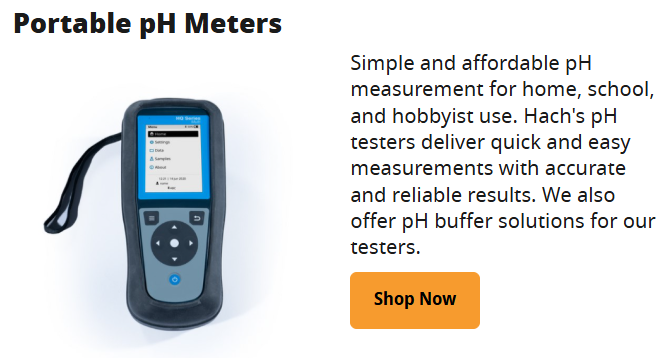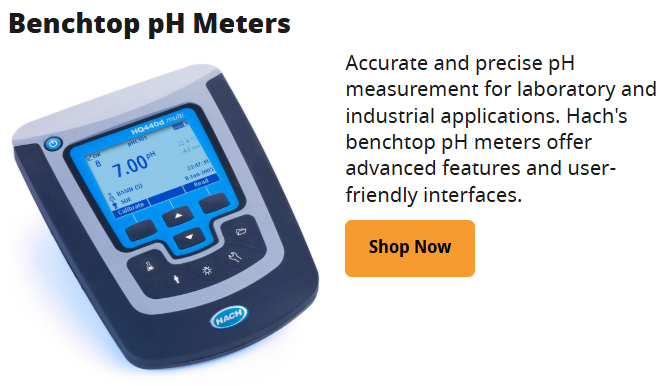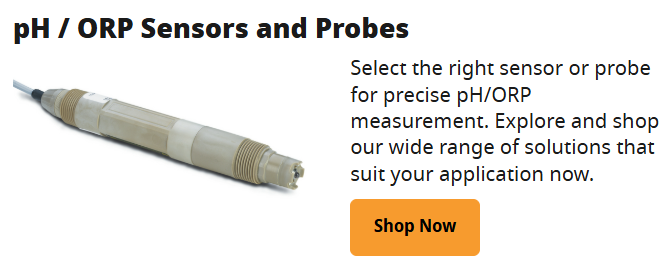水中pH酸鹼度與分析

Why Monitor the pH of Water 為什麼要監測水的pH值?
pH measurement is a key step in many water testing and purification processes 測量酸鹼值是許多水質檢測和淨化過程的一個關鍵步驟 :
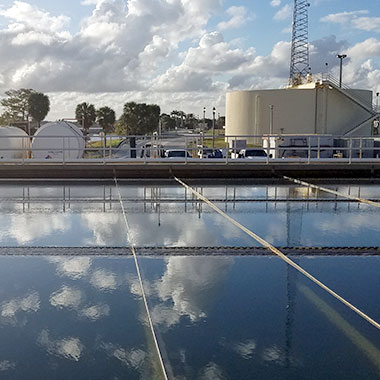
pH of drinking water is measured at multiple stages in a drinking water plant. Normal pH range for tap water is 6.5-8.5 throughout both treatment process and distribution. Drinking water pH level must be monitored to minimize corrosion, contamination and adverse effects on taste, odor, color and appearance.
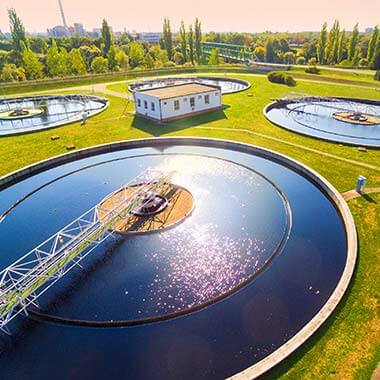
pH adjustment is necessary for the precipitation of heavy metals in wastewater plants. In biological treatment processes, pH can affect the microorganism metabolizing waste. If the pH is too high or low in aeration basins, the microorganisms lose the ability to convert waste to energy and raw materials. Monitoring pH is helpful for nitrifying systems as too high or too low pH can inhibit the nitrifying bacteria and lead to process upsets.
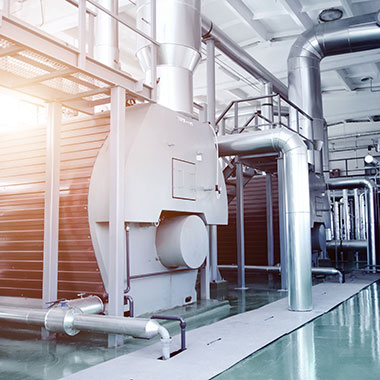
Proper pH balance is critical to overall boiler chemistry at nearly every stage to maintaining high purity water. pH is an important factor in monitoring the corrosive properties of water, which can damage equipment.
Advantages
This is the most accurate method for pH measurement. Portable, lab or process/online options are available for this method. This method can be EPA approved for monitoring pH.
Disadvantages
This method requires proper handling, care and maintenance of the pH probe and involves higher instrument costs.
pH measurement is a key step in many water testing and purification processes 測量酸鹼值是許多水質檢測和淨化過程的一個關鍵步驟 :
- A change in the pH of water can alter the behavior of chemicals in the solution. 水的酸鹼度的變化會改變溶液中化學物質的行為
- pH may affect product quality and consumer safety. Changes in pH can alter flavor, color, shelf-life, product stability and other characteristics. 酸鹼度可能會影響產品品質和消費者安全。酸鹼度的變化會改變水的風味、顏色、保存期限、產品穩定度和其他特性
- Low pH of tap water can cause corrosion in the distribution system and can allow harmful heavy metals to leach out, while high pH may lead to scaling. 自來水的酸鹼度過低會導致供水系統腐蝕,並可能導致有害重金屬滲出,而酸鹼度過高則可能導致結垢
- Managing industrial water pH helps maintain process stability, prevent corrosion and damage to equipment. 管理工業用水的酸鹼度協助維持製程的穩定度、防止腐蝕和機器設備損壞
- In natural environments, pH swings can affect aquatic plants and animals. 在自然環境中,酸鹼度的波動會影響水生植物和動物
Hach® offers the testing equipment, resources, training and software to successfully monitor and maintain pH in a wide array of process applications.
Hach® 提供廣泛製程應用所需的水中 pH 值分析監測方案
Hach® 提供廣泛製程應用所需的水中 pH 值分析監測方案
Which Processes Require pH Monitoring 哪些過程需要pH監測 ?
Drinking Water Purification 自來水淨化

pH of drinking water is measured at multiple stages in a drinking water plant. Normal pH range for tap water is 6.5-8.5 throughout both treatment process and distribution. Drinking water pH level must be monitored to minimize corrosion, contamination and adverse effects on taste, odor, color and appearance.
Wastewater Treatment 廢污水處理

pH adjustment is necessary for the precipitation of heavy metals in wastewater plants. In biological treatment processes, pH can affect the microorganism metabolizing waste. If the pH is too high or low in aeration basins, the microorganisms lose the ability to convert waste to energy and raw materials. Monitoring pH is helpful for nitrifying systems as too high or too low pH can inhibit the nitrifying bacteria and lead to process upsets.
Anaerobic digesters must maintain a balance between several microbial populations. If the pH increases outside of acceptable limits, methane production stops and the digester system will fail. To comply with regulation pH must be measured in effluent. Facilities must abide by the National Pollutant Discharge Elimination System - NPDES.
Boiler Water Applications 鍋爐水

Proper pH balance is critical to overall boiler chemistry at nearly every stage to maintaining high purity water. pH is an important factor in monitoring the corrosive properties of water, which can damage equipment.
Methods for Monitoring pH 測量酸鹼度的方法
How do I measure pH in water?
pH is a critical water quality indicator. There are several common techniques available for measuring pH: titrimetric, colorimetric, litmus paper and electrochemical. There are a variety of process and laboratory electrochemical pH sensors, including those built on combination and differential technologies (pHD sensor). The most common and accurate pH measurement technique is by electrochemical combination electrode. A combination pH electrode responds to the hydrogen ion (H+) concentration (activity) by developing an electrical potential across the electrode bulb/water interface. This potential difference is measured with a voltmeter. Electrodes are designed for optimal performance in various matrices. Hach HQD® Meters and a versatile assortment of IntelliCAL® Probes bring simplicity and consistency to pH measurements in any matrix.
pH is a critical water quality indicator. There are several common techniques available for measuring pH: titrimetric, colorimetric, litmus paper and electrochemical. There are a variety of process and laboratory electrochemical pH sensors, including those built on combination and differential technologies (pHD sensor). The most common and accurate pH measurement technique is by electrochemical combination electrode. A combination pH electrode responds to the hydrogen ion (H+) concentration (activity) by developing an electrical potential across the electrode bulb/water interface. This potential difference is measured with a voltmeter. Electrodes are designed for optimal performance in various matrices. Hach HQD® Meters and a versatile assortment of IntelliCAL® Probes bring simplicity and consistency to pH measurements in any matrix.
酸鹼度是關鍵的水質指標。有幾種常用的技術可用於測量 pH 值:滴定法、比色法、石蕊試紙法和電化學法。有多種製程和實驗室電化學 pH 感測器,包括根據複合和差分技術(pHD 感測器)的感測器。最常見、最準確的 pH 測量技術是電化學複合式電極。複合式 pH 電極透過在電極球/水界面上產生電位來反應氫離子 (H+) 濃度(活性)。此電位差以電壓表測量。電極的設計目的是在各種基質中達到最佳效能。 Hach HQD® 分析儀和多用途的 IntelliCAL® 探頭為任何基質的 pH 測量帶來簡單性和一致性。
Potentiometric Method 電位法
This method uses a pH sensing system (including a pH meter, a pH sensing electrode and a pH reference electrode) to take an electrochemical measurement to precisely determine where the tested fluid falls on the pH scale. 此方法使用 pH 感測系統(包括 pH 計、pH 感測電極和 pH 參考電極)進行電化學方法測量,以精確測定被測液體的酸鹼度
This method uses a pH sensing system (including a pH meter, a pH sensing electrode and a pH reference electrode) to take an electrochemical measurement to precisely determine where the tested fluid falls on the pH scale. 此方法使用 pH 感測系統(包括 pH 計、pH 感測電極和 pH 參考電極)進行電化學方法測量,以精確測定被測液體的酸鹼度
Advantages
This is the most accurate method for pH measurement. Portable, lab or process/online options are available for this method. This method can be EPA approved for monitoring pH.
Disadvantages
This method requires proper handling, care and maintenance of the pH probe and involves higher instrument costs.
Visual Method 目視法
An indicator solution changes color when added to the solution being tested. That color change is then visually compared against a color chart to determine pH. 指示劑溶液添加到被測試溶液中時會改變顏色。然後透過目視對比色卡上的顏色變化來確定 pH 值
An indicator solution changes color when added to the solution being tested. That color change is then visually compared against a color chart to determine pH. 指示劑溶液添加到被測試溶液中時會改變顏色。然後透過目視對比色卡上的顏色變化來確定 pH 值
Advantages
This method is simple, inexpensive and portable.
Disadvantages
Solutions being tested with this method must be free of color and have no turbidity. Solutions being tested with this method must not have a secondary reaction with the indicator solution. No online or process options exist for this method. This method does not produce exact measurements.
Liquid Indicator Dyes 液體指示劑染料
Liquid dyes are added directly to the solution to produce a color change that indicates changing pH. 將液體染料直接添加到溶液中,產生指示 PH 值變化的顏色變化
Liquid dyes are added directly to the solution to produce a color change that indicates changing pH. 將液體染料直接添加到溶液中,產生指示 PH 值變化的顏色變化
Paper Strips/Test Strips 試紙
Dye-infused paper strips are dipped into a solution and then change color to indicate corresponding pH. This method is not affected by color or turbidity in a sample.
Dye-infused paper strips are dipped into a solution and then change color to indicate corresponding pH. This method is not affected by color or turbidity in a sample.
Photometric Method 光度法
Like the visual method used in test strips and color wheels, an indicator solution is used to create a color change in the solution being tested. However, with this method the color change is not assessed by the human eye, it is measured by a photometer (colorimeter or spectrophotometer) to produce a more precise pH reading. 與試紙和色盤中使用的視覺方法一樣,指示劑溶液用於在被測試的溶液中產生顏色變化。然而,使用光度法時,顏色變化並不是透過人眼來評估,而是透過光度計(比色計或分光光度計)進行測量,以產生更精確的 pH 讀值。
Like the visual method used in test strips and color wheels, an indicator solution is used to create a color change in the solution being tested. However, with this method the color change is not assessed by the human eye, it is measured by a photometer (colorimeter or spectrophotometer) to produce a more precise pH reading. 與試紙和色盤中使用的視覺方法一樣,指示劑溶液用於在被測試的溶液中產生顏色變化。然而,使用光度法時,顏色變化並不是透過人眼來評估,而是透過光度計(比色計或分光光度計)進行測量,以產生更精確的 pH 讀值。
Advantages
This method is portable, removes the subjectivity of the human eye and does not require complex pH meter calibration.
Disadvantages
Solutions being tested with this method must be colorless. No online/process options exist for this method and there are costs associated with instruments.

